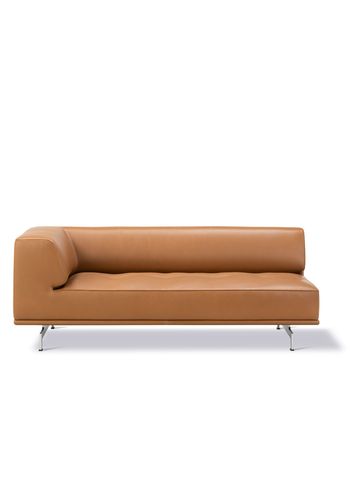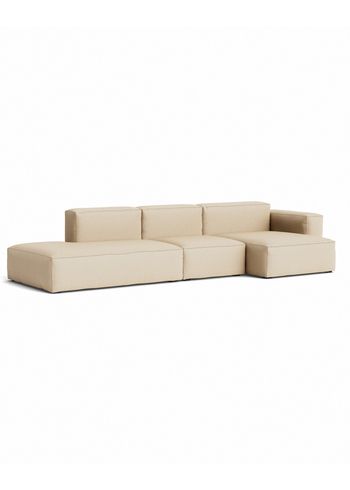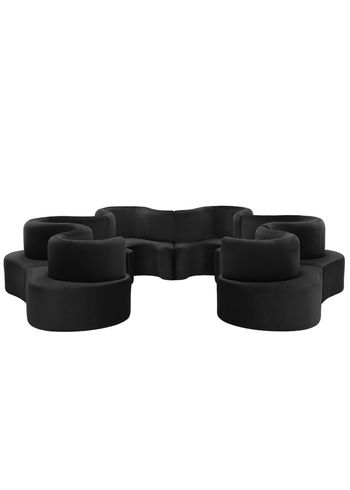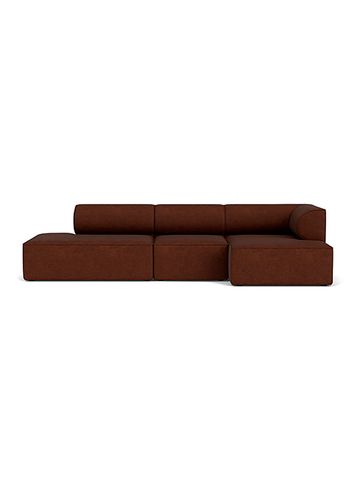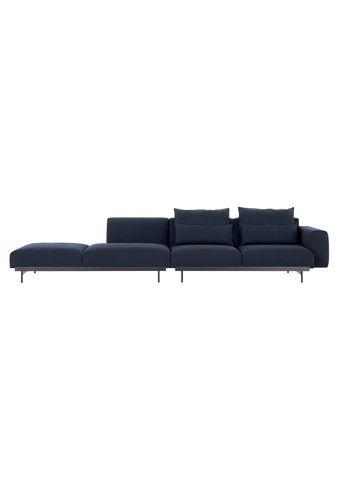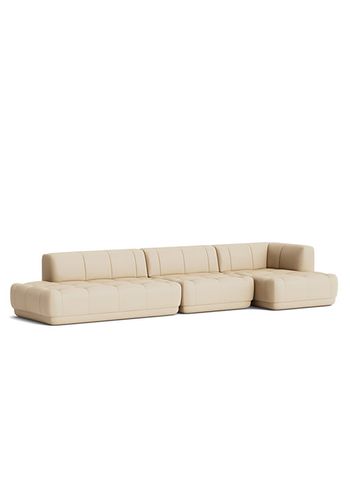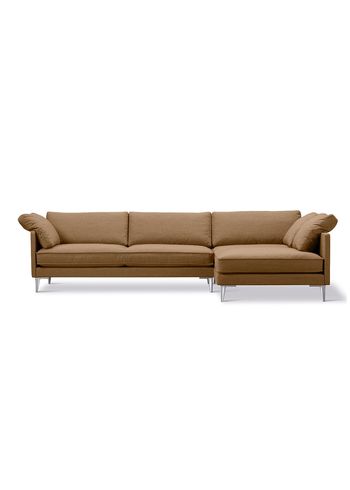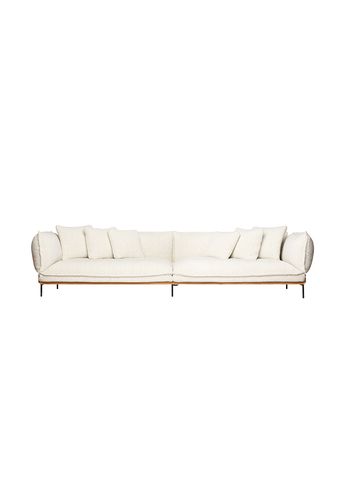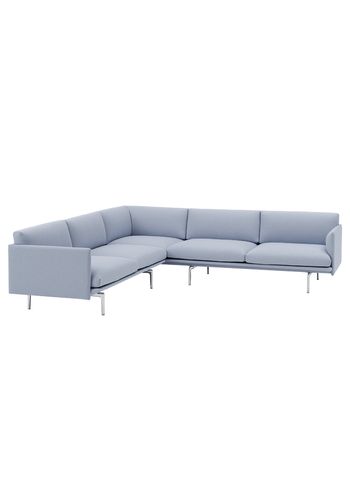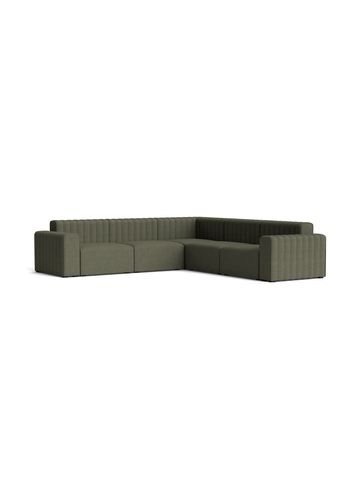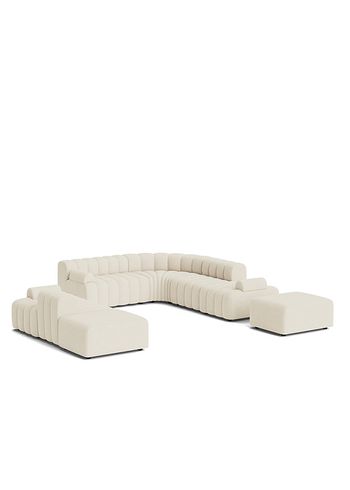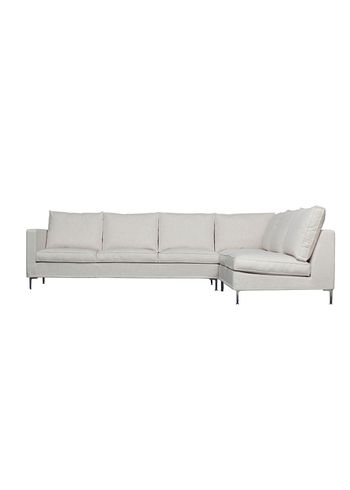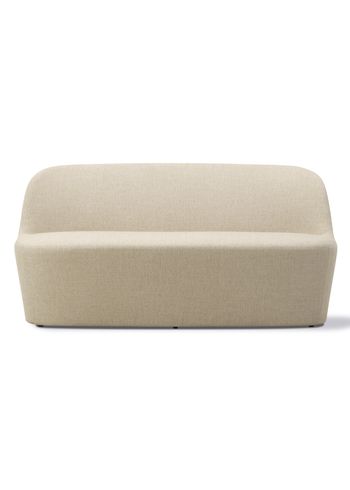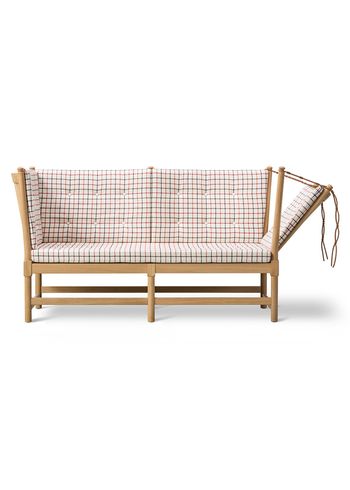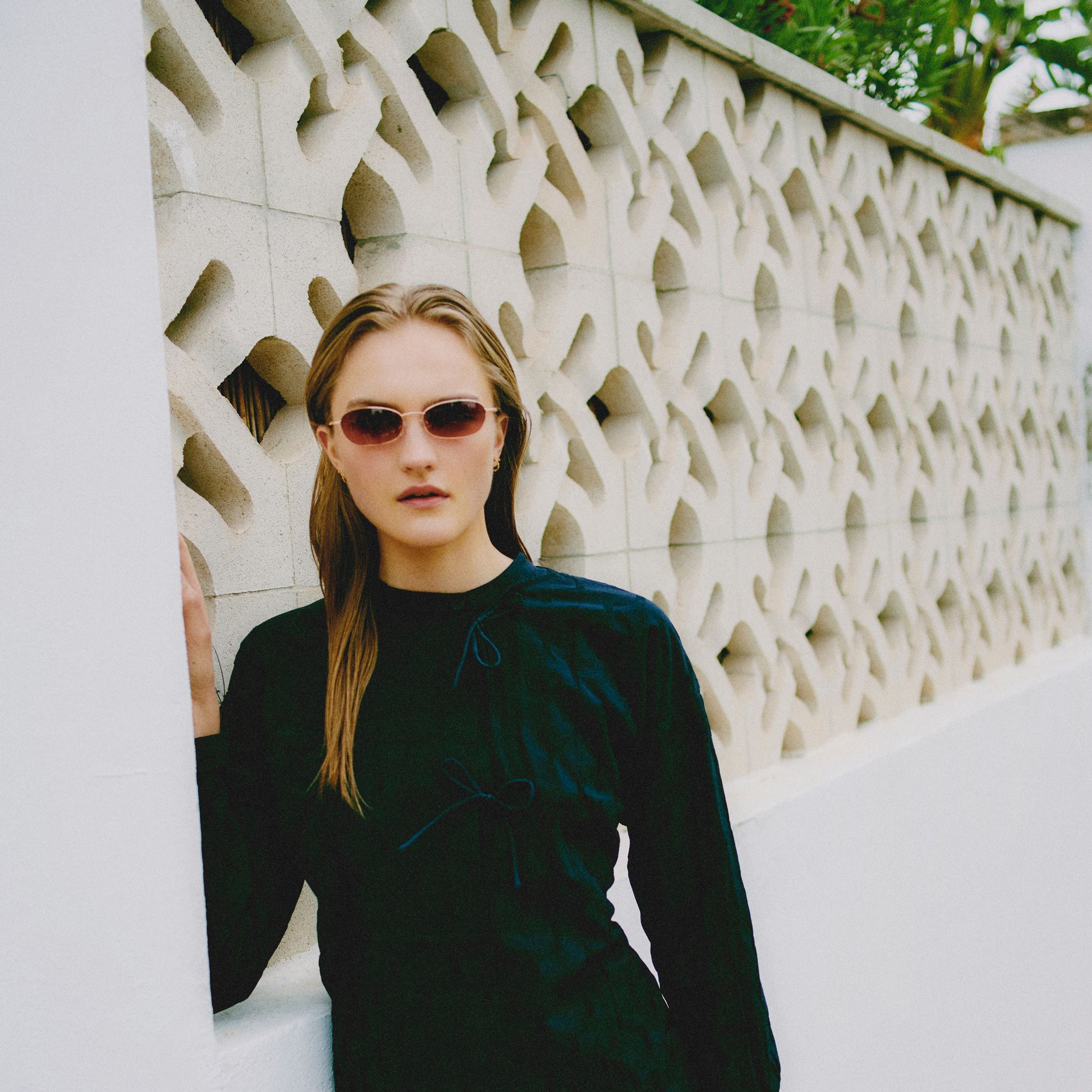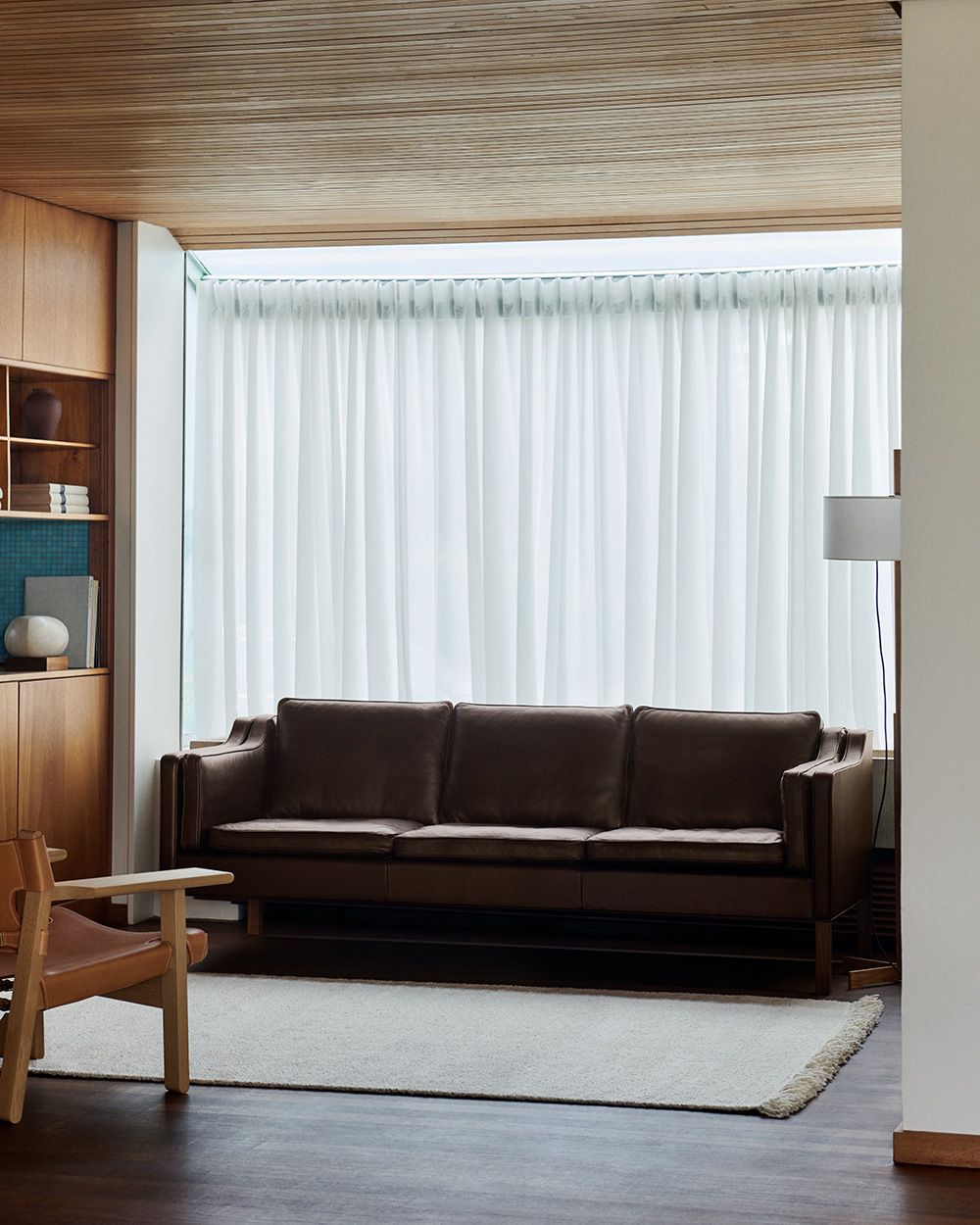
Sofa Guide
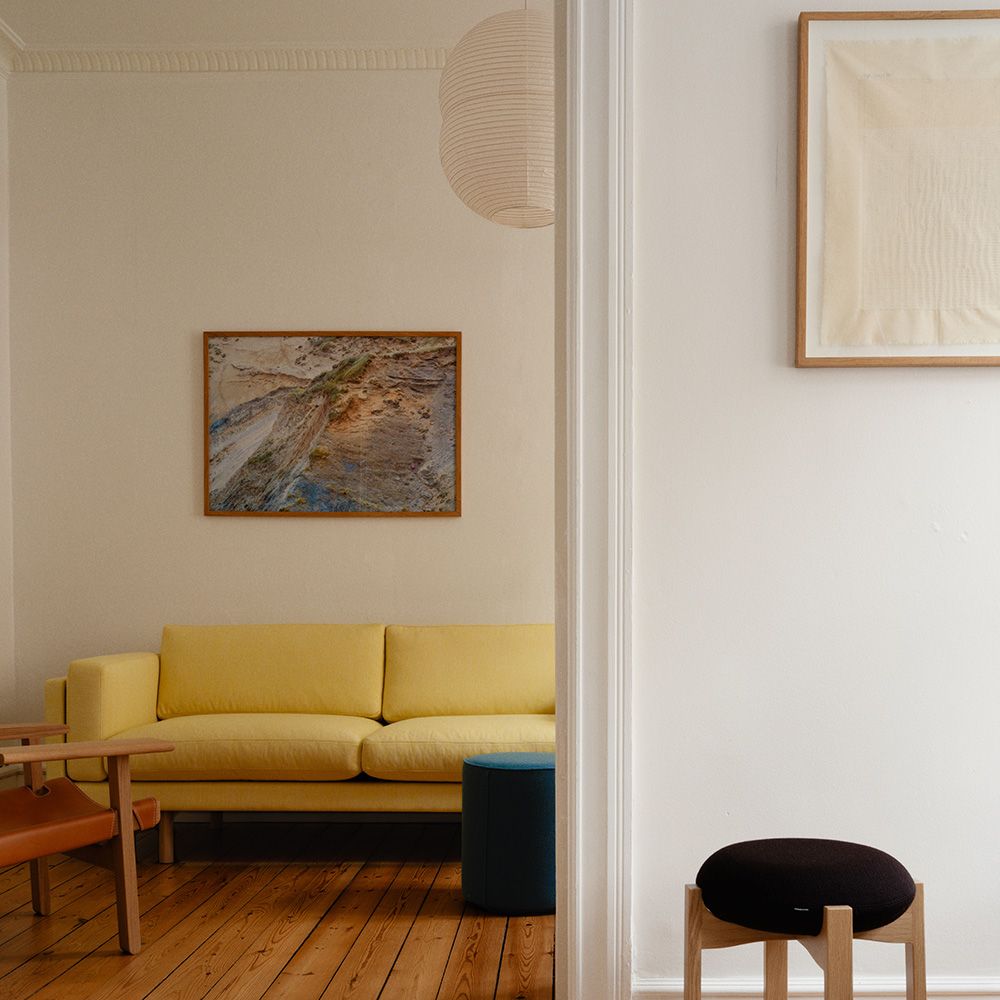
Placement: Where should the sofa be placed?
Before you place your sofa, you should take the time to assess the room. How do you move around the room on a daily basis? Are there particular focal points, like a beautiful view or a centrally placed piece of art, that should not be disturbed? Once you've considered these factors, you can start thinking about where the sofa would be best placed.
A sofa can be placed against a wall, creating a sense of stability and cohesion in the room. This is a classic solution that works well in most rooms, where the sofa often forms a natural background for other furniture such as coffee tables and armchairs. However, if you have a large open space, such as a kitchen-dining room, a sofa can also act as an effective room divider, creating a natural division between different functions in the room.
If the room is of a more intimate size, a corner placement of the sofa can be ideal. It creates a cosy corner that invites you to relax and socialise. Also consider whether you want the sofa to be the dominant element in the living room or if you prefer to create an ensemble effect with armchairs, poufs or other seating. This way, you can achieve a harmonious and balanced interior design with room for both the practical and the aesthetic.
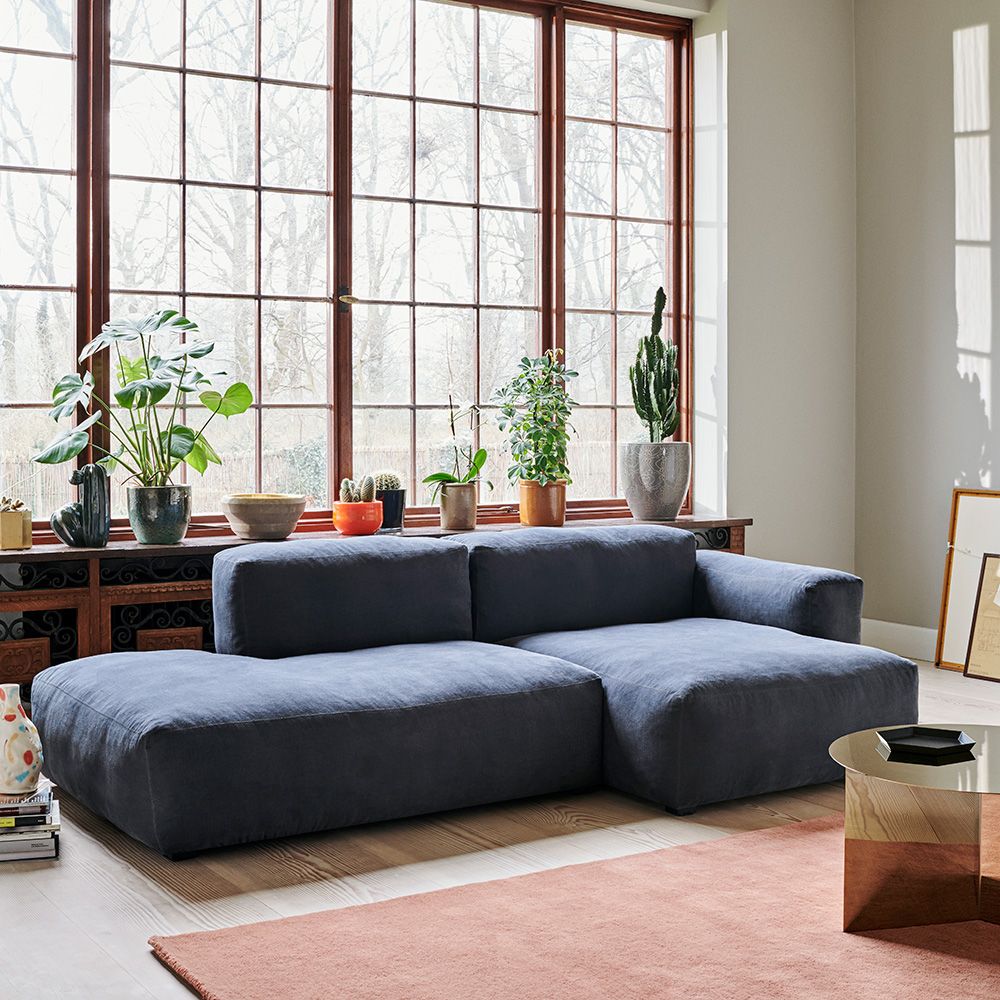
What type of sofa?
Once the placement is in place, it's time to choose the right type of sofa. There's a lot to choose from, and it can be beneficial to think about what function the sofa will have in your home.
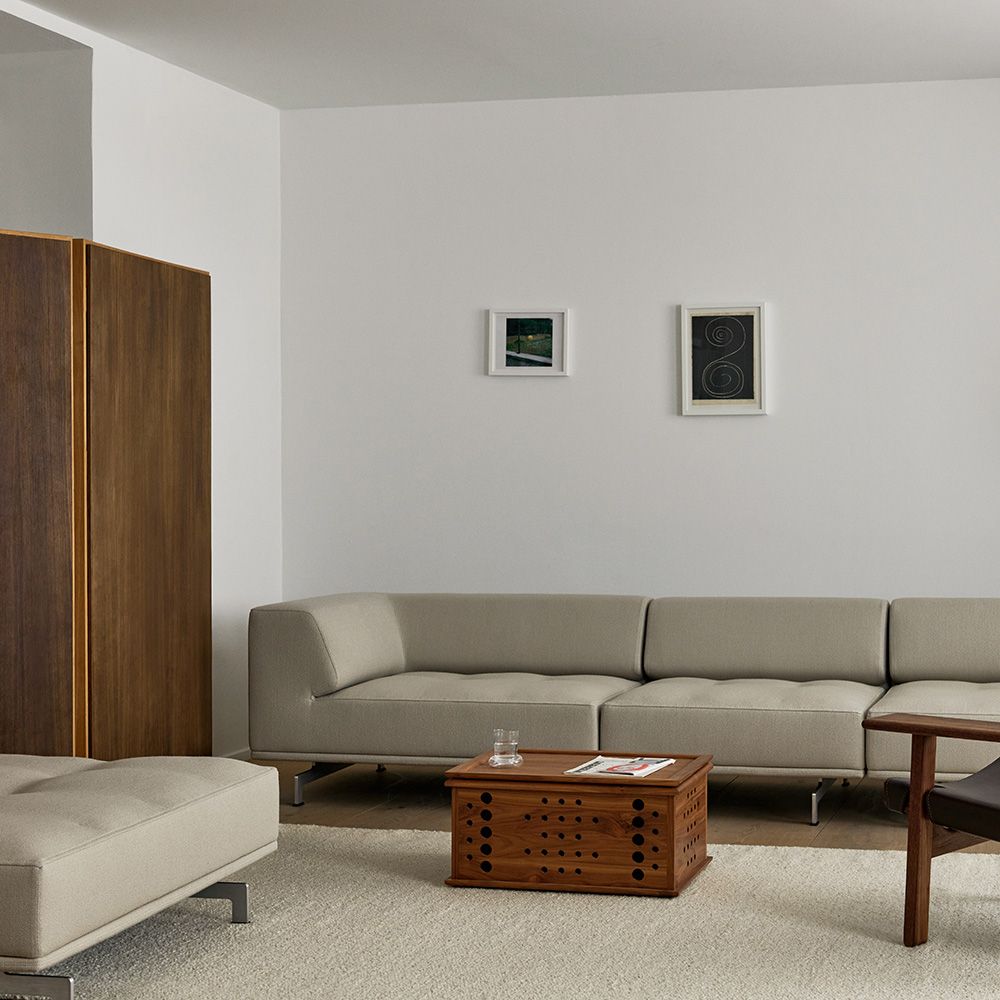
Modular sofas
Modular sofas are an excellent choice if you want flexibility. These sofas consist of several modules that can be put together in different ways. This makes them perfect for homes where change is often needed or where the room has a unique shape. Modular sofas can be easily customised for both current and future needs, making them a long-term investment.
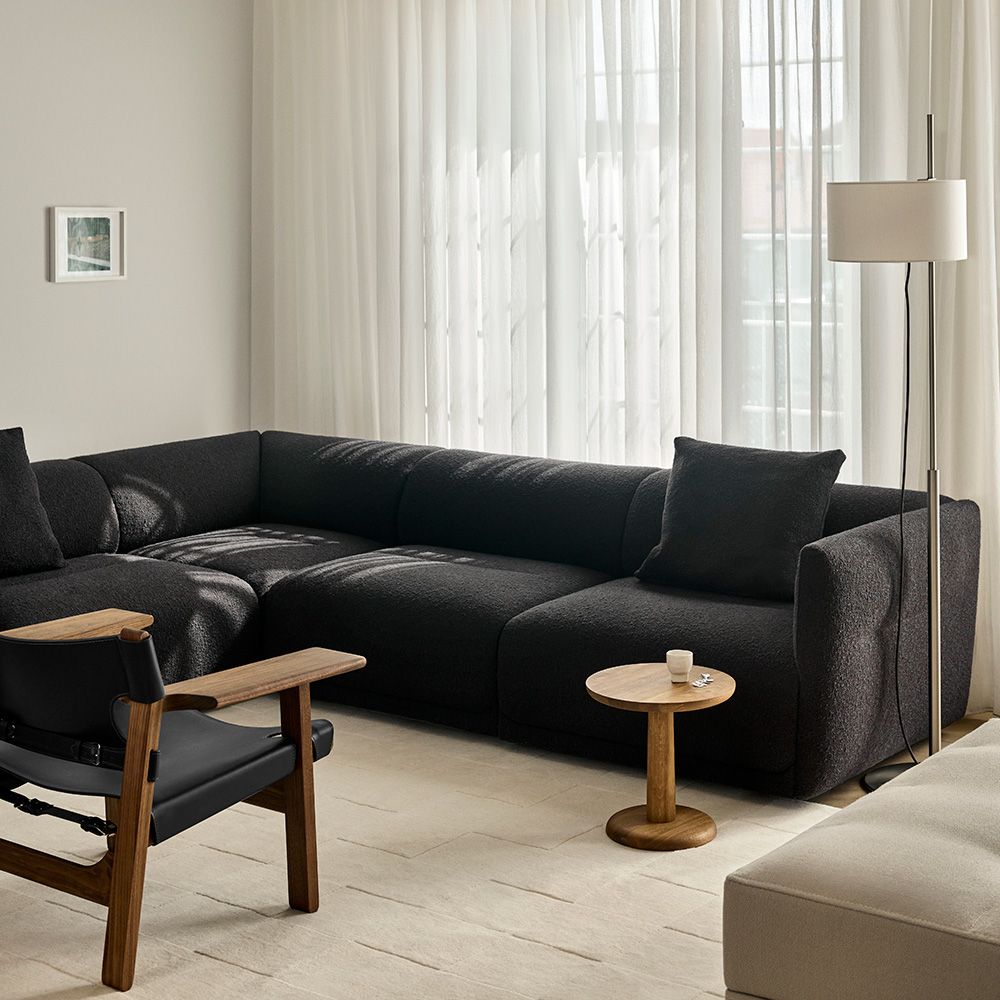
Lounge sofas
Lounge sofas are made for relaxing. With their wide seating surface and often low seat height, they invite you to get comfortable. Many floating sofas have an open chaise lounge, which provides extra space to stretch your legs. This type of sofa is ideal for living rooms where cosiness and comfort are in focus.
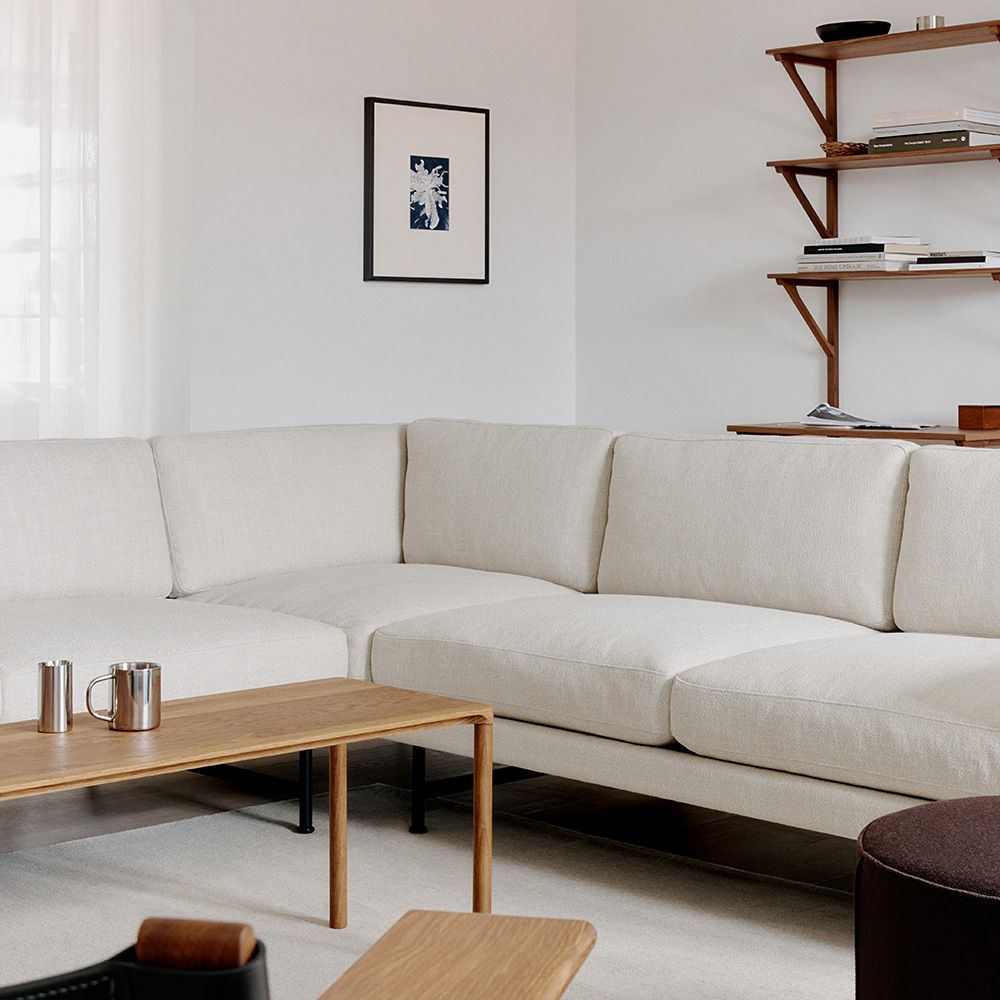
Corner sofas
Corner sofas are perfect for creating a unified corner in the living room. They make optimal use of space and allow you to gather many people at the same time. This makes them a popular choice in larger homes or in rooms where space needs to be utilised in the best possible way.
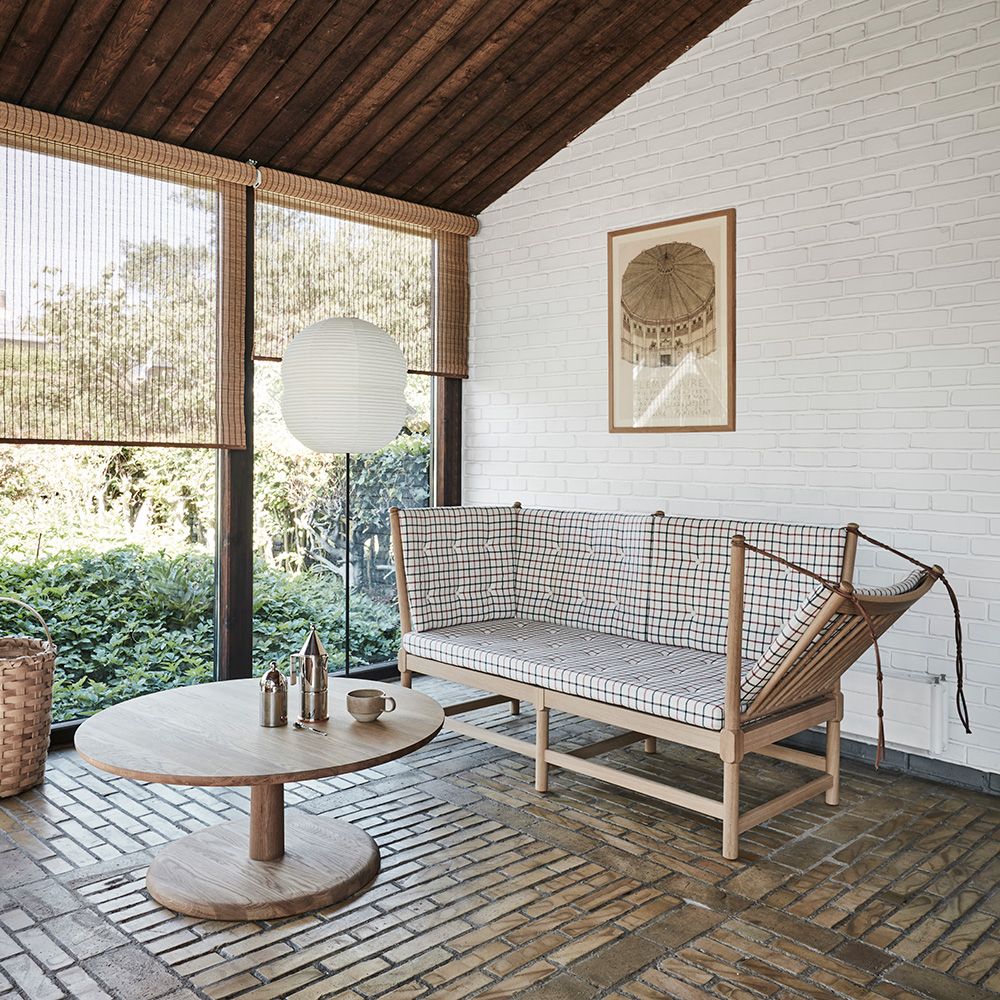
Conversation sofas
Conversation sofas are an elegant solution for the extra room or as a complement to the large living room. Often more formal in appearance, these sofas are designed to create a cosy atmosphere where you can sit upright and have conversations. Their sculptural designs make them beautiful statement pieces that can elevate the entire room.
Choice of textiles
When choosing materials for your sofa, it's important to consider the quality of the fabric and leather to ensure that it can withstand everyday wear and tear while maintaining its aesthetic appeal. There are two main factors to consider: the Martindale value of the fabric and the type of leather.
Martindale: An indicator of durability
Martindale is a test that measures a fabric's abrasion resistance and gives you an idea of how durable it is in use. The test is performed by clamping the fabric and subjecting it to repeated rubbing with a disc of wire mesh. The rubbing continues until the fabric either breaks or there is a noticeable change in the appearance of the fabric. The Martindale value indicates how many rubs the fabric can withstand before this happens.
If you have a busy household with children or pets, you should look for fabrics with a Martindale value above 40,000. This is particularly suitable for furniture that needs to withstand years of daily use, such as sofas and armchairs.
In less demanding areas, such as a living room, where the furniture is not used as intensively, you can choose fabrics with a Martindale value between 15,000 and 40,000. These will still be able to withstand a certain amount of wear and tear, but here you can consider choosing at the low or high end depending on the usage pattern.
Textiles with a value below 15,000 Martindale should only be used for decorative elements such as cushions or curtains that are not subject to daily wear and tear.
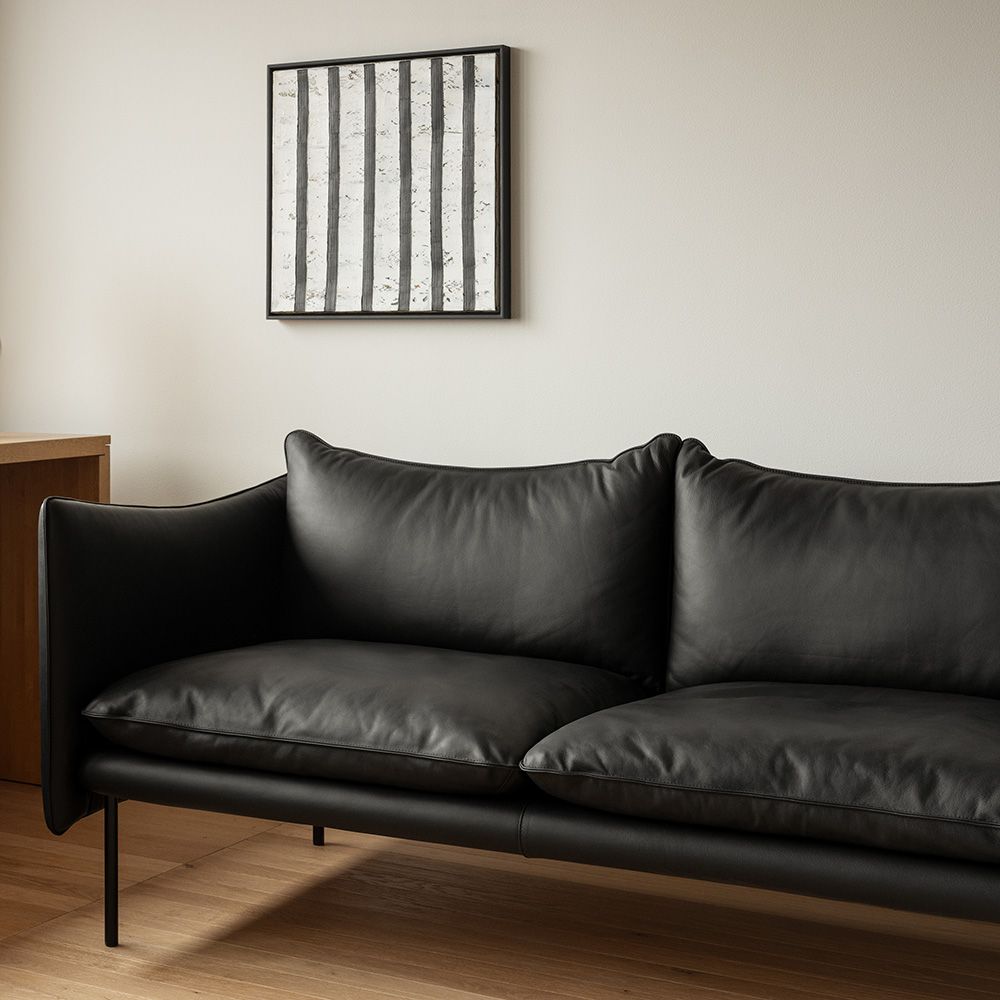
Choosing leather: Quality and treatment
When it comes to leather, it's important to understand that not all leather is created equal. Different treatments and qualities mean that leather can behave very differently, both in terms of wear resistance and appearance over time.
Aniline leather is the most authentic and untreated form of leather. It is coloured without further treatment, preserving the leather's natural pores and unique markings. This makes the leather more fragile but also able to develop a beautiful patina over time, where it changes tone and takes on a deeper, more distinctive appearance. However, aniline leather is not the best choice if you have children or pets, as it is particularly sensitive to stains and damage.
Semi-aniline leather is a good middle ground. It has a light surface treatment that makes it more resistant to daily use while maintaining a soft and comfortable surface. This type of leather is still natural in appearance, but slightly more robust than aniline leather.
Corrected leather or top grain leather has undergone a more extensive treatment where the surface is sanded and covered with colour, making it very durable and easy to maintain. It's a practical choice for families with small children or pets, where the sofa needs to be able to withstand a lot of wear and tear while being easy to clean.
